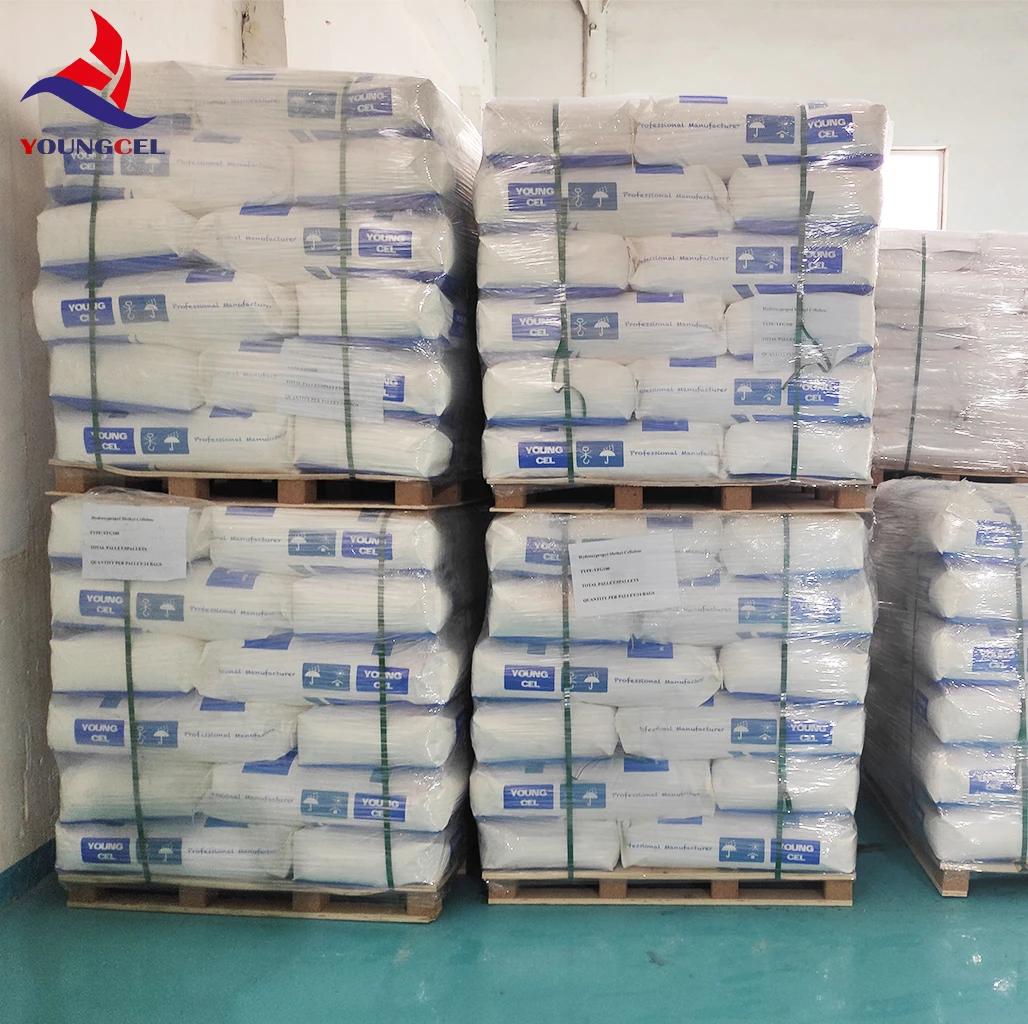The Role of Chemical Auxiliary Agents in Modern Industries
In the vast landscape of modern manufacturing and production, chemical auxiliary agents play a pivotal role. These agents, often termed as additives, are substances added in small quantities during the manufacturing process to enhance the properties of a product. Their applications span across various sectors, including textiles, plastics, pharmaceuticals, and food processing. This article delves into the significance, applications, and future of chemical auxiliary agents.
At the core of any production process, chemical auxiliary agents serve to modify the physical and chemical properties of materials. For instance, in the textile industry, auxiliaries such as softeners and antistatic agents are critical. Softeners impart a smooth and pleasant feel to fabrics, making them more comfortable for wear, while antistatic agents reduce static electricity, preventing clinginess and enhancing the performance of garments. This application not only improves the usability of textile products but also meets consumer demands for enhanced comfort and quality.
In the realm of plastics, chemical auxiliary agents such as stabilizers, lubricants, and processing aids are fundamental. Stabilizers are essential in protecting polymers against degradation caused by heat and UV light during processing and usage. Meanwhile, lubricants facilitate smoother processing by reducing friction between the polymer and machinery, which ultimately leads to improved production efficiency. These agents are critical in ensuring that plastic products maintain their integrity and performance in various applications, from packaging materials to automotive components.
Pharmaceuticals similarly harness the power of chemical auxiliary agents
. Excipients, a type of auxiliary used in drug formulation, play an essential role in drug delivery systems. They can enhance the solubility of active ingredients, improve stability, and control the release of the drug, making them essential for the efficacy of medical formulations. The meticulous selection of these agents can significantly affect the bioavailability of a medication, demonstrating their crucial place in healthcare and medical research.chemical auxiliary agent

The food industry also utilizes chemical auxiliary agents extensively. Emulsifiers, preservatives, and flavor enhancers are common examples that help to improve the texture, shelf-life, and taste of food products. Emulsifiers, for instance, are crucial in products like mayonnaise and dressings, allowing for the stable mixing of oil and water, while preservatives help to inhibit spoilage and maintain the safety of food products. Here, the importance of chemical auxiliary agents extends beyond mere enhancement; they are vital for consumer safety and satisfaction.
Despite their benefits, the use of chemical auxiliary agents is not without challenges. Environmental concerns and health implications have led to increased scrutiny of many additives. Regulatory bodies worldwide are becoming more stringent regarding the assessment of chemical safety, leading manufacturers to seek alternatives that are eco-friendly and safe for consumers. Innovations in green chemistry have spurred the development of biodegradable and non-toxic auxiliary agents, enabling industries to maintain performance without compromising environmental standards.
Looking ahead, the future of chemical auxiliary agents appears promising, particularly with the ongoing advancements in technology and materials science. The demand for sustainable practices is driving research towards bio-based and biodegradable options, thus ensuring the continued relevance of these agents in a rapidly changing world. Industries are likely to witness a shift towards more multifunctional additives that not only serve a single purpose but also enhance multiple properties of materials, thus improving efficiency and sustainability.
In conclusion, chemical auxiliary agents are indispensable to modern industries, significantly enhancing product performance across a myriad of applications. As technology evolves and the push for sustainability intensifies, the industry must adapt, exploring new avenues for innovation while prioritizing safety and environmental stewardship. The journey of chemical auxiliary agents is a testament to the intertwined relationship between chemistry and modern manufacturing, paving the way for enhanced quality and performance in an array of products consumed daily.
-
Rdp that The Revolutionary Polymer Powder Transforming Modern Construction MaterialsNewsAug.11,2025
-
Hpmc Powder that Versatile Additive for Detergents and Personal CareNewsAug.11,2025
-
Hpmc Hydroxypropyl Methylcellulose that Essential Building Material Additive from Shijiazhuang Gaocheng YongfengNewsAug.11,2025
-
Hydroxypropyl Methyl Cellulos Hpmc that Essential for Construction ApplicationsNewsAug.11,2025
-
Mhec Powder that Revolutionizing Construction Chemistry with Cellulose Ether SolutionsNewsAug.11,2025
-
Industri Hpmc that The Global Backbone of Advanced ConstructionNewsAug.11,2025




